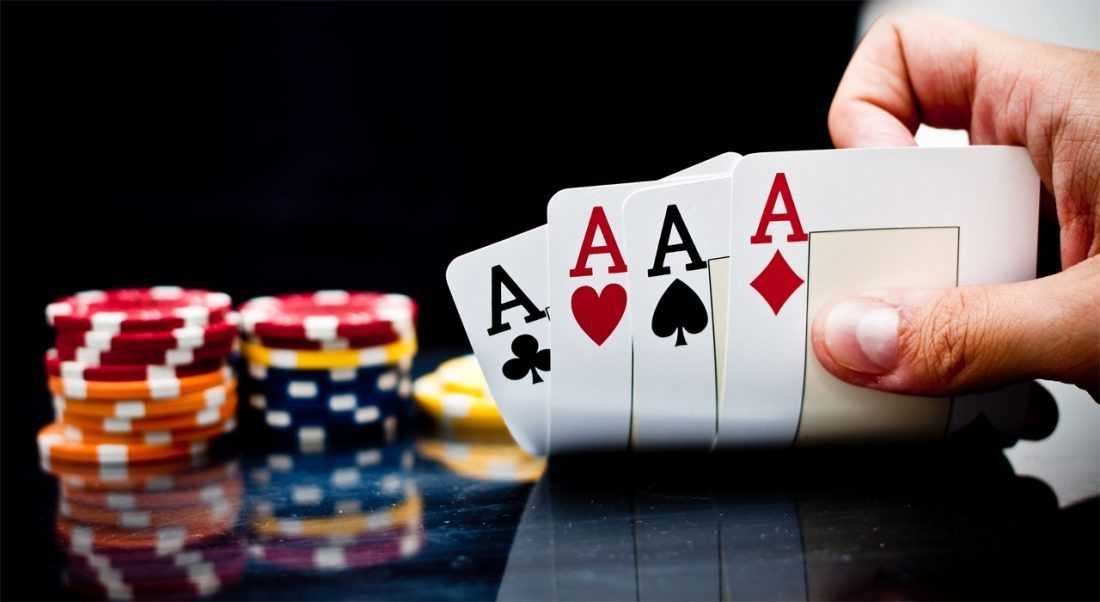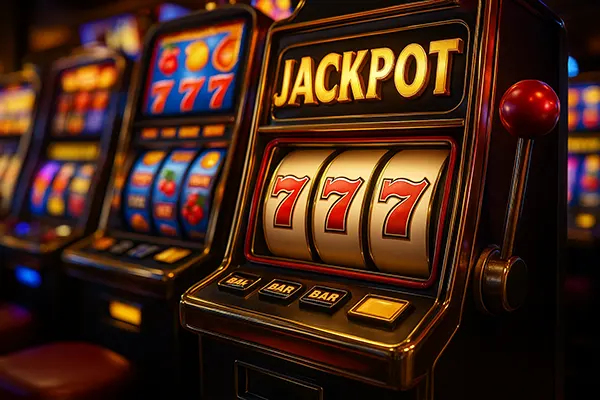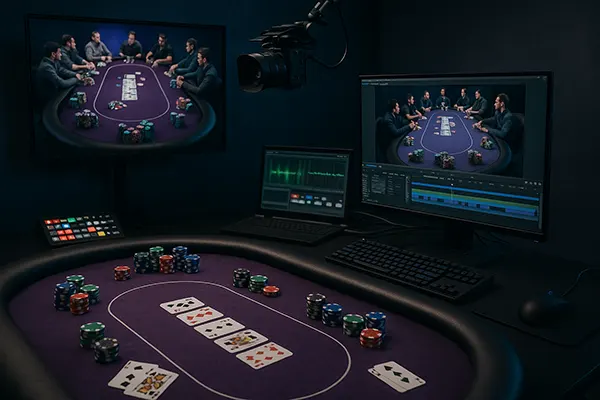A contretemps on the flop. What do I need to know?

Poker is one of the most popular card games that attracts many gamblers. And at the moment, there are all sorts of tactics and strategies that are used by both experienced players and beginners alike. And this applies both to tournaments in casinos, as well as playing in online venues, such as the Nolimit Way. And now it’s worth talking about what a contra-bet is. It’s a pretty important step in modern strategy, so you need to understand right away when and what it’s for.
It’s worth starting with a definition right away. Cont-bet, or s-bet, is when a poker player who raises on the pre-flop bids on the flop. The key to success in this situation will be a wide balance in the player’s hand. But by no means should you do this without seeing your cards, you should always understand what you are doing and why you are doing it. In most cases, just the counter-bet will be a clear mistake, because the opponent will raise and call more often, because he will be sure to bluff. And it’s not the kind of opponent you want to go head-to-head with. It’s worth considering with a passive opponent. But on the other hand, no one is saying that frequent c-bets are a bad thing. Against both active and passive opponents, it can be quite effective. But it all depends on the situation. And more often than not, there are guidelines worth using to win.
Folds and s-bets
Often players use special software called Hold’EM Manager, which displays how often a player fouls on the counter-bet. If more than 70% of these situations occur, it is possible to play regardless of the hand.
Equity
This should always be considered. Even if the hand is A6 in different suits, while the flop is T54, there is always the possibility of making a combination. That is, there are odds of winning.
A dry flop with a kicker
For example, K83r, T22r or A65r. A double-bet works best on a board with T or K, because the opponent sees these cards as a good match in his range. And often the opponent will simply fold, so it’s best to counter-bet with either hand.

The wood flop
For example, if T98s are on the table, and the poker player is holding AQo, there is no point in betting. More often than not, the opponent’s middle hand is in this position, so he’ll support the bet or raise. And there’s a chance of a pair or even a straight draw, so you’ll need at least 3 barrels for him to fold.
Multipot
A player should bet more often on a dry flop, especially if there are 3 players in the draw. In this situation, the risk of resistance from them will be minimal. But if the opponent has a shortstack, it is better to check-back.
With or Without a Position
If there’s no position, it’s a good idea to counter-bet, but otherwise the best solution is to consider a bind check or pick up a free card. Without position it’s much harder to get a free card, so you should play more aggressively. In the case of a weak opponent who just calls c-bet, then you can check an order of magnitude more often.
The low player
When it comes to the low flop of different suits, you should either check-fold or check-back. The low handed player is more likely to call on the flop, and his hand is irrelevant. But if the dry flop has a T or K, it’s worth betting.





